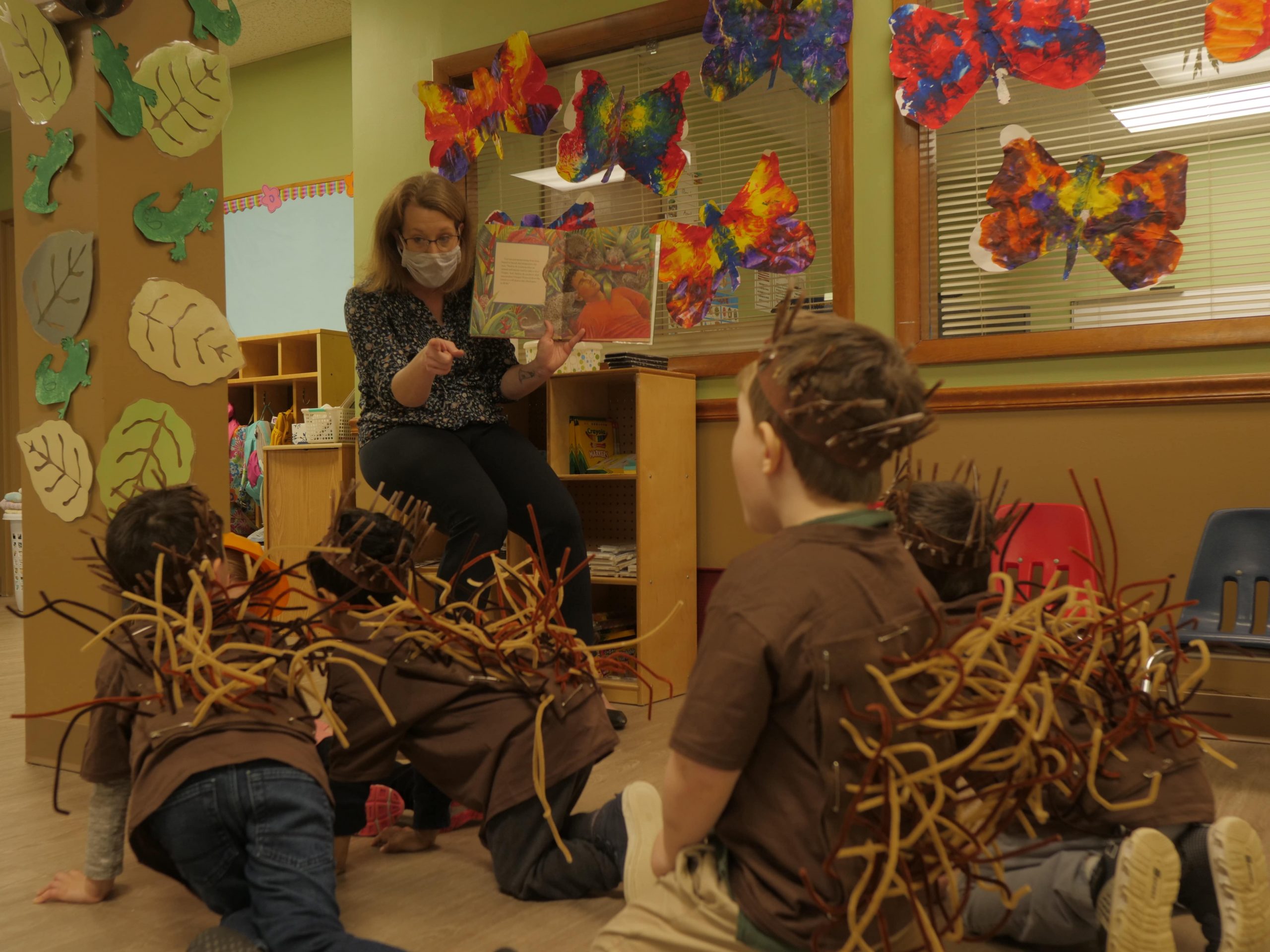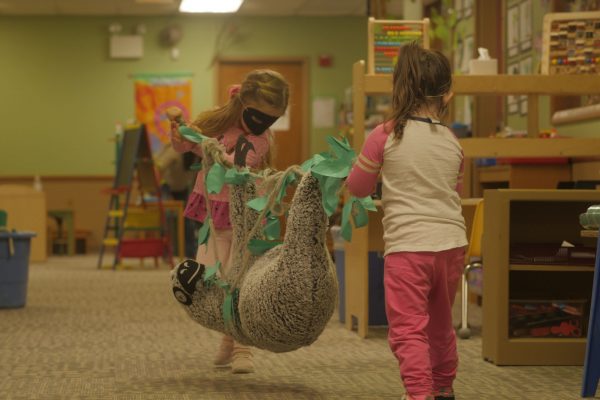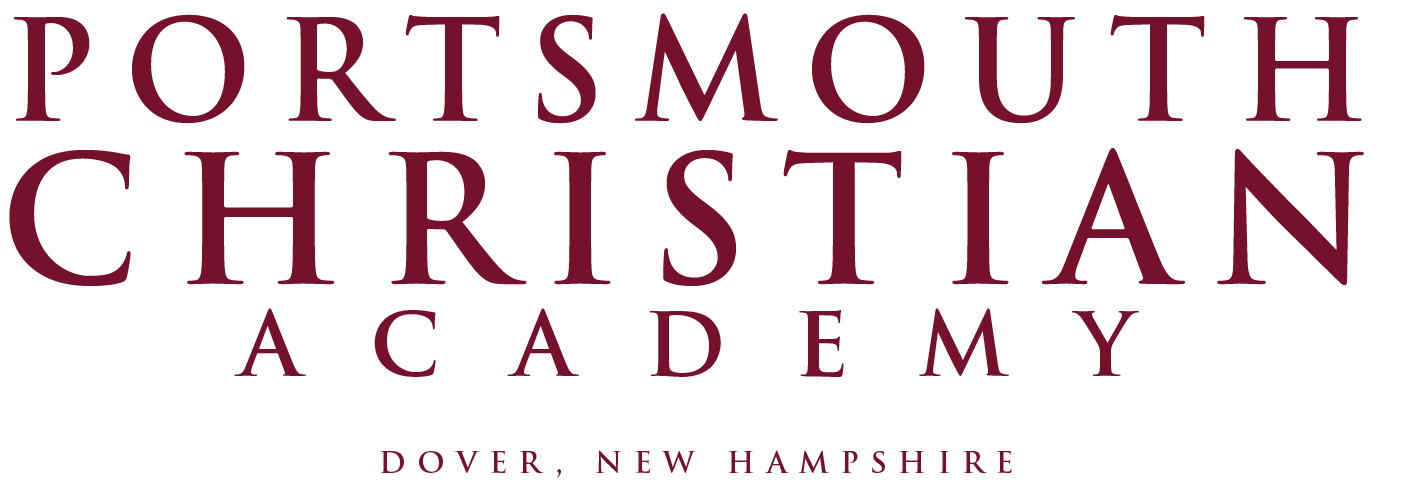What We Can Learn From PCA Preschool’s Performance of ‘The Great Kapok Tree’

Every year, PCA’s Preschool (PCAP) works together to put on their biggest performance of the year: acting out the story of The Great Kapok Tree.
Harlee Tuttle, PCAP Director, once compared this event to PCAP’s equivalent of the Super Bowl. Needless to say, the littles ones worked hard to put on this show! Tuttle writes:
“The children in the Polliwog and Frog classrooms have been studying the Rainforest during the month of March. Children have learned about the ecosystem- and how all living things are connected and depend on one another.”
“We have learned about the layers of the rainforest: floor, understory, canopy, and emergent. We have learned about amazing creatures that inhabit the rainforest: from sloths, to jaguars, to blue morpho butterflies. We have had discussions about the importance of recycling, conserving resources, and taking care of our earth.”
“At the end of our Rainforest unit, children had the opportunity to take on the role of a rainforest animal as they acted out the story, The Great Kapok Tree by Lynne Cherry. Our preschool space was transformed as green vines, raindrops, leaves, orchids and butterflies filled our walls. The children took their roles very seriously as the book was narrated and they acted out their parts in full costume.”


The story was told beautifully by our PCAPers. It begins with a little man who has set out to chop down a great kapok tree. After he has fallen asleep, one by one, the rainforest community whispers to him the importance of the tree in their ecosystem.


Though on the surface level The Great Kapok Tree by Lynne Cherry may be just a simple children’s story, it is one that holds valuable lessons for us, regardless of whether we may be a grown-up, preschooler, or rainforest critter. Whether it may be taking care of our earth or your own home, carrying out your role in the ecosystem or your corporate office, it may not feel like it all the time but we each have a part we are playing within a bigger picture.
Sounds nice and fluffy. What does this actually look like, though?




For one, this allows those who are Christians to consider how we fit into the redemptive work that God is doing in the world. There is intentionality and interconnectedness in the narrative that He is orchestrating; we might find hope in how He is using us, as small and insignificant as we may be, to work toward a greater picture of bringing His life and hope to the spaces we inhabit.
Our school’s vision of impacting the world for good might not look like changing the world over-night. Though you might not be able to end world hunger, save the sea turtles, and eradicate every form of injustice in the world between the hours of 9-5, don’t overlook the everyday tasks you carry out. “Impacting the world for good” may look like encouraging your child’s love for learning so they might be equipped as a leader. It might look like checking in on a neighbor or coworker. It might look like volunteering at your church, school, or community center.
Something as tiny as a bee does important work to pollinate the trees and flowers, bringing beauty and life to the rainforest. Something as simple as doing the laundry and driving your kids to school, as mundane mowing the lawn and putting food on the table all play a part in nurturing your family, in building up your children to be our next generation of leaders.
It’s not so much that by folding the laundry, you are changing the world. However, as The Great Kapok Tree has shown us, it’s not just us on our own, but our role within a greater story that lends importance to what we do.


